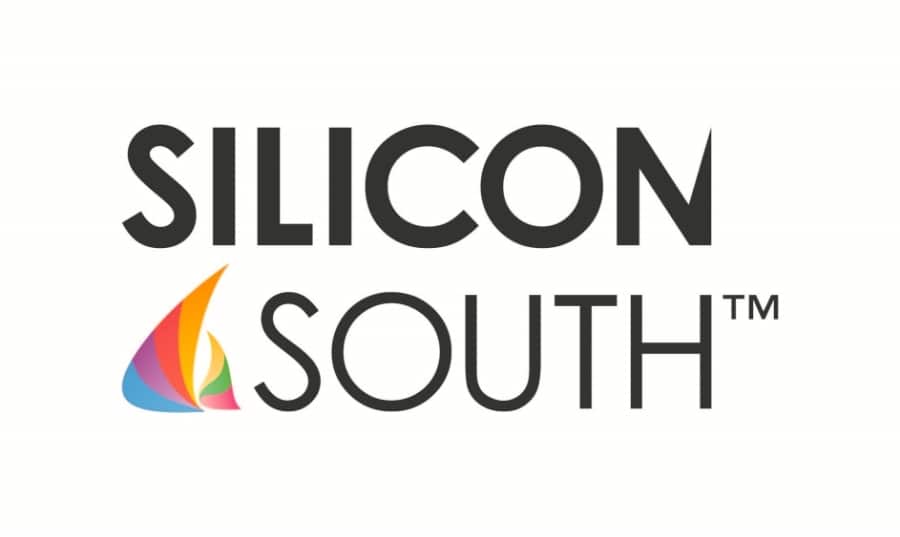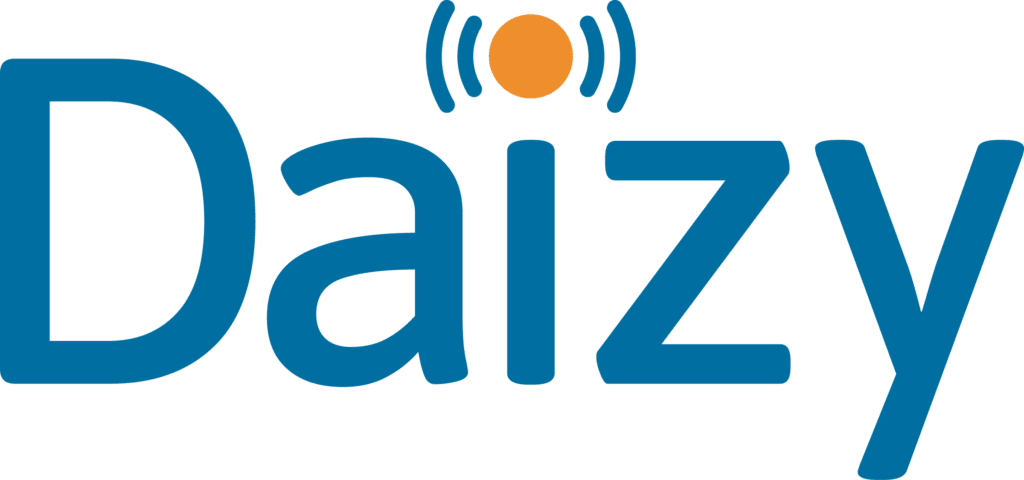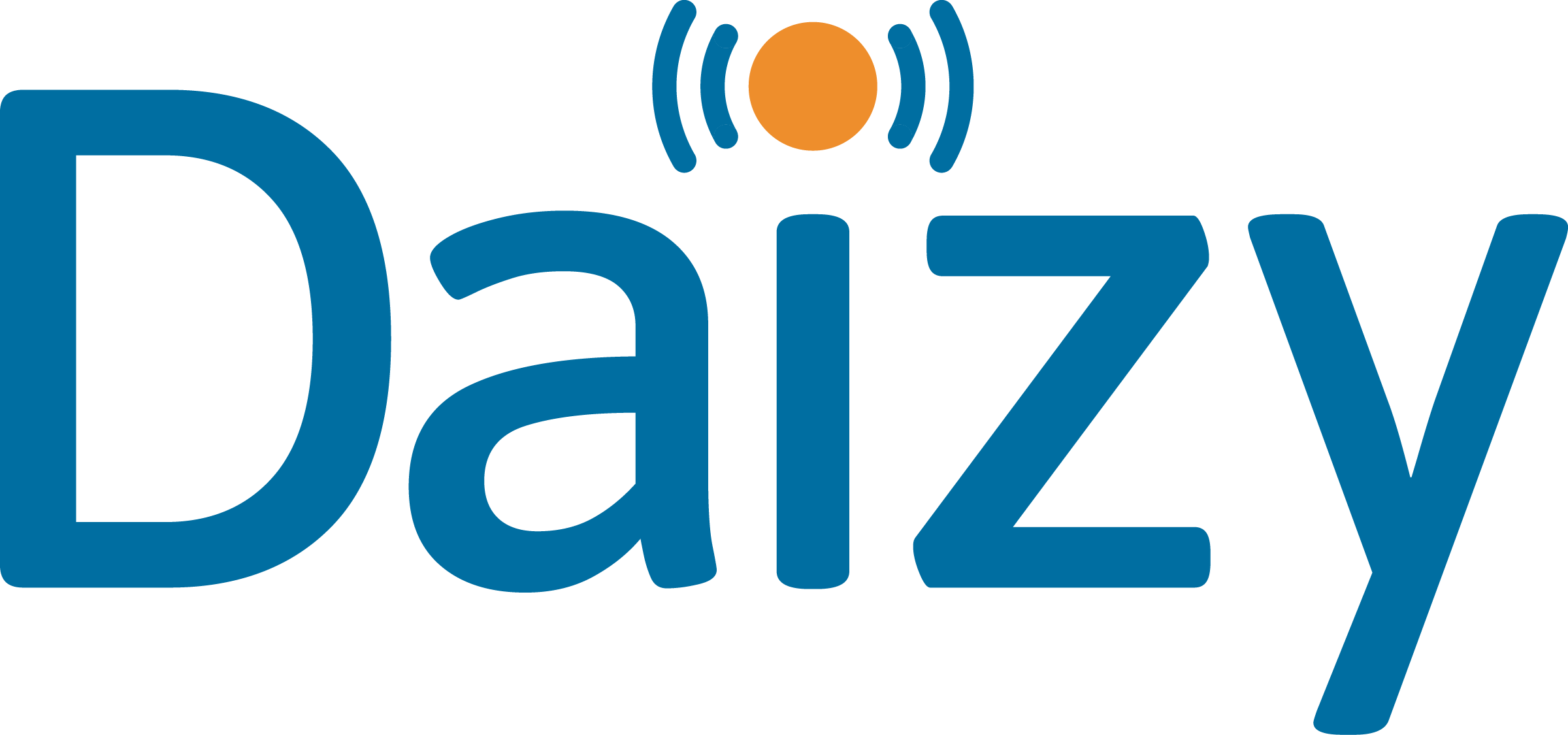When it comes to exploring the benefits of the Internet of Things (IoT), emphasis is often placed on researching sensors and the technology that enables them. In reality, it’s the data that sensors generate that provides the key to unlocking the true value of IoT.

Earlier in October, Daizy’s CEO David Ffoulkes-Jones joined a panel of IoT experts at the Silicon South event in Bournemouth to discuss the value of connecting devices and machines to the internet. We’ve pulled out the main talking points from the Q&A session, including questions on delivering real-world value, executing on automation, and securing an IoT solution end-to-end.
Helping local councils evolve their business with IoT
“Councils have tremendous scope to evolve their businesses utilizing IoT to solve problems across a broad range of services from social care, through to waste collection and even tourism, which is especially important here in Bournemouth. Regardless of the use-case, we believe that a successful IoT strategy centres on optimising the utilisation of data assets created from IoT deployments. Through our engagements we’ve found that going into local council environments is challenging as a supplier because councils rarely have a cohesive strategy around their data. Councils looking to unlock the recognised benefits of IoT need to first consider the processes they operate, and then determine whether they are capturing the data needed to analyse, improve, automate, check, change and innovate on those business process. Many of today’s business processes require manual monitoring and hands-on management. The data and events produced by IoT sensors can now replace and automate these manual and often laborious activities, and in doing so. unlock a much more progressive approach – moving councils away from a pre-formed view of their world and into a proactive view of how to solve problems before they occur. For example, when someone is visiting the beach, rather than letting them drive around trying to find a car parking space, which impacts emissions and causes more traffic, councils could use sensors installed in car parks to inform a mobile app that visitors can use to locate a car park that has available spaces, or even which areas of the beach are less busy. To take this a stage further, a progressive council might start by thinking ‘let’s do this to manage traffic’, but then, with the data they capture, they can develop innovations to prevent the traffic in the first place.”
How are IoT sensors being used to improve social housing?
“It comes back to having robust enough data to enable predictive analytics. Where we have completed IoT implementations in social housing, the structure of data captured via the Daizy platform allows our customers to predict challenges for occupants in those houses – anything from dementia to unexpected illnesses. They can make these kinds of predictions using IoT sensor data to understand changes in exercise and sleep patterns, which can infer changes in health. The interesting thing for me is that organisations might initially install and use a sensor to pro-actively detect whether there is a water pipe leak, or whether the energy consumption is being correctly billed for example. Having installed those sensors, the data can be used for secondary benefits such as monitoring the wellbeing of occupants. Another great example is an IoT sensor which detects that CO2 levels are abnormally high in a specific room and that could indicate that a person in the property is unwell and not able to seek help. Housing associations can go looking to use IoT to solve damp and mould problems by putting in a temperature and humidity sensor, which can also detect CO2 levels, to using the exact same data to detect a potentially life-threatening incident.”
Expanding IoT use into more complex environments such as train stations
Looking at the huge volume of train stations Network Rail run across the country, they have all the infrastructure, employees, and passenger facilities one would expect, along with stringent health, safety, and security requirements. Adding in COVID, Network Rail have a myriad of challenges to keep services running safely and to the expected standards. This obviously brings a lot of pressure on Network Rail staff, and they only have so much capacity across their operational teams. The focus needs to shift to removing work that could be automated and, in doing so, free up much needed capacity. IoT presents many opportunities to help Network Rail prioritise the actions of their maintenance, health and safety and security teams, for example using the data from IoT sensors to ensure that teams are only being dispatched to locations or facilities that require attention. From a passenger well-being perspective, Network Rail could potentially use IoT data to work out how many people are on a given platform and how many people are on the approaching train, and in doing so determine whether there could be an over-crowing issue. Perhaps managers and analysts can then more dynamically plan the relationship between the stations and their customer base to prevent congestion and improve the customer or traveller experience. However, it goes well beyond this – it allows for the introduction of predictive models that might let passengers know before they even arrive at the station what is going on at the station that might affect their journey. Critically, organisations like Network Rail should be looking at the data to answer not only the existing questions they have today, but also to inform themselves about challenges and opportunities they weren’t even aware of and wouldn’t have been aware of without access to the dynamic datasets that IoT can provide.”
Ensuring data compliance and security
“In cases where IoT data is capturing potentially sensitive information from, for example, social housing occupants, tenants are clearly going to have concerns over who might have access to data about their activity. For example, in the case of water consumption monitoring in social housing, the tenant must give their consent to the housing association. While the housing association is paying for sensor installation, connectivity, and data collection, they must still seek the approval of their tenants, and for the housing associations we’ve worked with so far, these are being built into the tenancy agreement to ensure consent is given. In reality, the majority of IoT sensors are far less intrusive from a data capture perspective than CCTV cameras for example, but the challenge with any dataset is ensuring it doesn’t fall into the wrong hands – certain sensor data for example could be used to infer whether the tenant is in or out, which as I’m sure you can image has all sorts of implications. To mitigate these concerns, there is security on the sensors themselves, and then security for the transportation of data across the network, and then onwards into more widely known and adopted data storage and analytics. Supporting these security efforts are working groups that are continually reviewing and improving the standards of security and encryption in place for IoT devices and connectivity. For applications Daizy is involved in, security is already at the required levels of compliance, but for nationally critical applications like military and infrastructure, there is work ongoing through the working groups to develop, enhance and ensure that the appropriate levels of security are met.”
Getting started with automation using IoT
Every vertical has unique needs, challenges, and objectives, but the approach is the same – it is literally going through an organisations key processes and understanding what is costing time and money, damaging CSAT and then prioritising IoT initiatives from there. The key point I always come back to is that organisations must avoid siloed data sets, so that ultimately they can develop a ‘digital twin’ of their business that can be used for many diverse types of analysis. This ultimately comes back to organisational design, and how we need to help organisations and teams who are thinking in traditionally linear ways to use data to approach their business challenges in an entirely different way.” We’re always happy to discuss all things IoT and we’ve love to learn more about your business challenges and how IoT might be able to help solve them.

